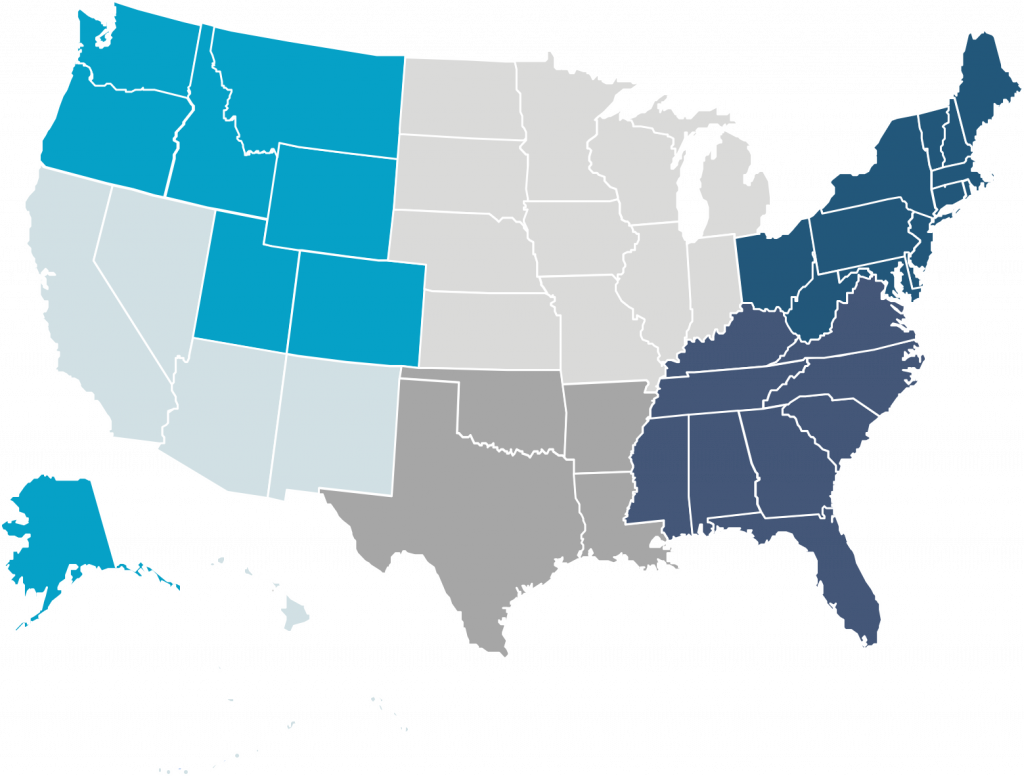U.S. Market for Water Recycling
The growth of water reuse technologies and products provides utilities with an option for local, sustainable water supply, and creates opportunities for businesses to help implement these innovative solutions.
In 2021, WateReuse Association commissioned a study on the growth of water reuse, including key sectors and opportunities, across six U.S. regions. Drivers for water reuse vary in each region, but growth and opportunity is widespread from coast to coast.
Member Resource
Access to these reports is a benefit of WateReuse Association membership. To view them join today. If your employer is already a WateReuse Association member, please log in or create an account.
Mountain West

In a region known for its natural beauty and tourist economy, some of the key drivers for water reuse are population growth, agricultural activity, and the need to lessen the effects of nutrient pollution on critical waterways.
Midwest

The opportunity for water reuse growth in the Midwest region is just getting started, driven by a combination of aging infrastructure and groundwater depletion on its eastern and western edges.
Northeast

Largely driven by resiliency needs and saltwater intrusion threats rather than supply constraints, Northwest water reuse opportunities are in coastal aquifer recharge, resiliency for aging infrastructure, and mitigation for nutrients.





